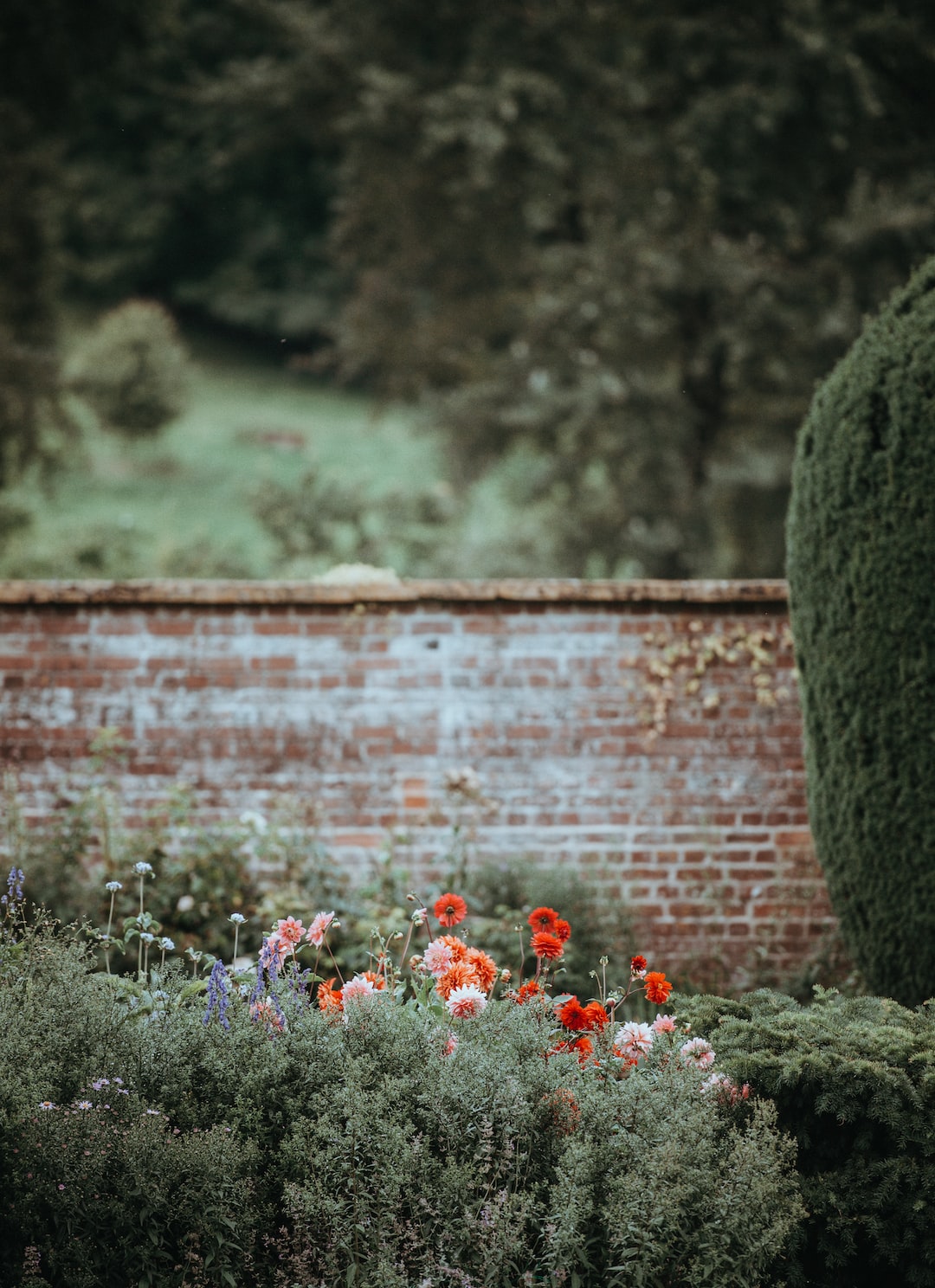Planting for All Seasons: Year-round Color in Your Garden
A garden filled with vibrant and colorful blooms is a delight to the senses. While many plants thrive during specific seasons, it is possible to achieve year-round color in your garden with careful planning and strategic plant selection. In this blog post, we will explore some tips and tricks to create a garden that remains visually appealing all year round.
1. Understanding your climate: The first step to achieving year-round color is to understand your climate. Different plants thrive in different temperature ranges and conditions. Research which plants are suitable for your specific climate zone and choose accordingly. This will ensure that your garden remains healthy and beautiful throughout the year.
2. Incorporate evergreens: Evergreen plants are a must-have for year-round color. Their foliage remains green throughout the year, providing a stable backdrop to showcase other seasonal blooms. Varieties like Boxwood, Holly, and Juniper add structure and visual interest to your garden even during the winter months.
3. Select plants with different bloom times: To achieve year-round color, choose plants with staggered bloom times. By planting a combination of early, mid, and late-season bloomers, you can ensure a continuous display of color throughout the year. For example, early spring bloomers like Snowdrops and Daffodils can be followed by summer favorites such as Roses and Lilies, while fall brings Chrysanthemums and Asters.
4. Utilize bulbs and perennials: Bulbs and perennials are excellent choices for planting for all seasons. Bulbs like Tulips, Hyacinths, and Daffodils burst into life in the spring and can be interplanted with perennials like Bee Balm, Coneflowers, and Daylilies. These perennials then provide color throughout the summer, complemented by annuals for an extra pop of color.
5. Explore foliage plants: Plants with striking foliage can add visual interest and color even without blooms. Consider introducing plants like Coleus, Heuchera, and Japanese Maple with their colorful leaves to create a year-round tapestry of color. These plants are also great for adding texture and contrast to your garden.
6. Pay attention to texture and form: Creating a visually appealing garden goes beyond just selecting plants that bloom throughout the year. Pay attention to texture and form by incorporating plants with varying leaf shapes and sizes. Utilize plants with interesting foliage, such as the feathery leaves of the Astilbe or the broad leaves of Hostas, to create layers of interest.
7. Incorporate berries and seed heads: Berries and seed heads are not only visually appealing but also provide valuable food for birds and other wildlife. Shrubs like Winterberry Holly, Viburnums, and Beautyberry produce colorful berries that persist into the winter months. Similarly, leaving spent flower heads on plants like Black-Eyed Susans and Echinacea adds interest to your garden while providing food for birds.
8. Consider ornamental grasses: Ornamental grasses are versatile plants that add beauty and movement to any garden. Their elegant plumes and feathery seed heads stay attractive even through winter, providing year-round interest. Varieties like Feather Reed Grass, Fountain Grass, and Switchgrass come in a range of colors and textures, adding drama and height to your garden.
9. Plan your garden in layers: To create a garden with year-round color, it is important to plan your garden in layers. Start with a mix of trees and shrubs as your backbone, then layer in perennials, bulbs, annuals, and ornamental grasses for added color and interest. This layered approach ensures that there is always something in bloom or providing visual interest regardless of the season.
10. Maintain throughout the year: Finally, maintaining and caring for your garden is essential for year-round color. Regular watering, fertilizing, pruning, and weeding will keep your plants healthy and vibrant. Pay attention to any specific care requirements for each plant to ensure their longevity and overall productivity.
In conclusion, creating a garden with year-round color is an achievable goal with proper planning and plant selection. By understanding your climate, incorporating evergreens, selecting plants with different bloom times, and utilizing bulbs, perennials, foliage plants, berries, seed heads, and ornamental grasses, you can create a beautifully colorful garden that will captivate your senses every month of the year. So, roll up your sleeves, put on your gardening gloves, and get started on transforming your garden into a year-round oasis of color!

